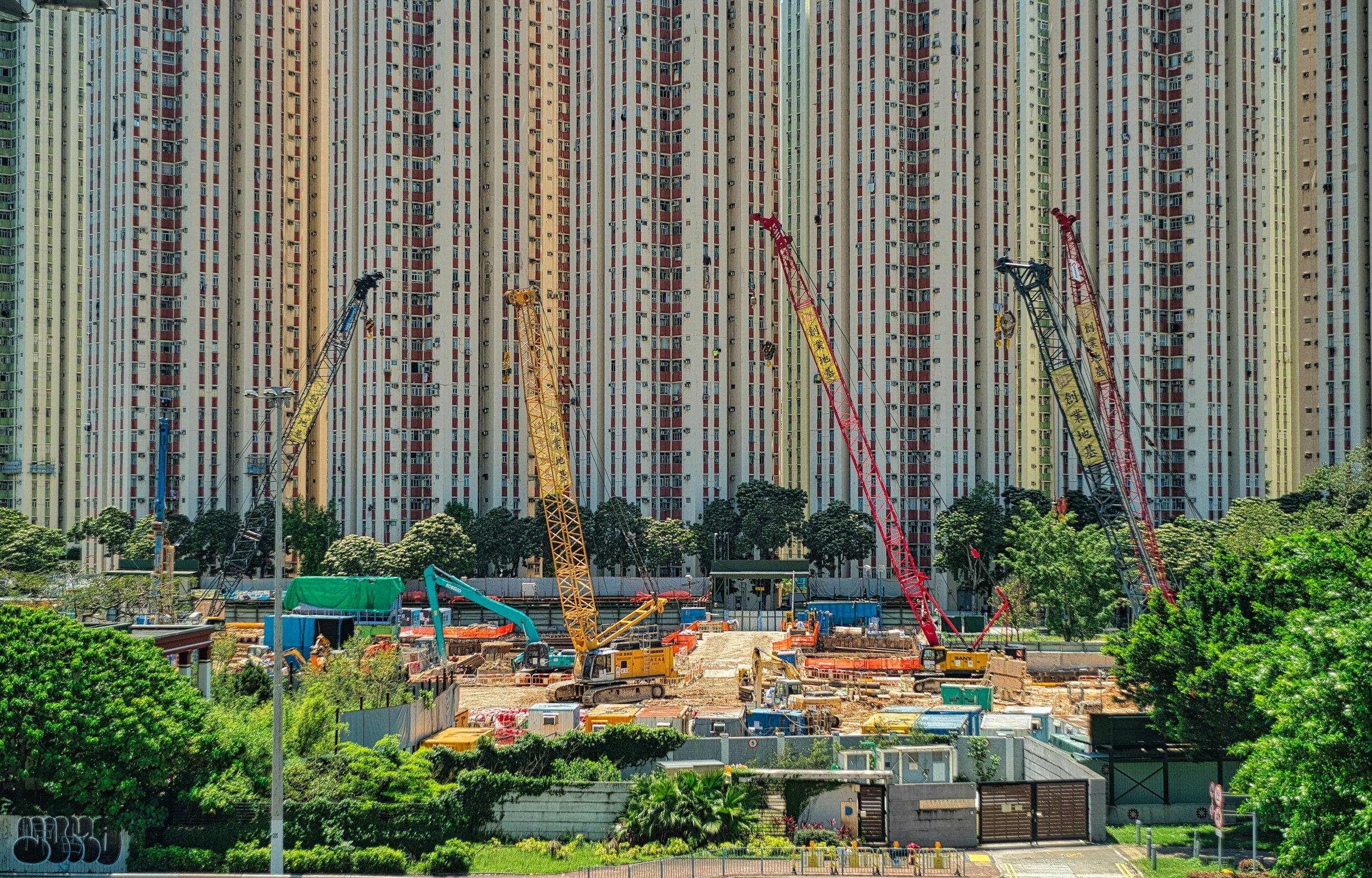China’s property sector remains entrenched in a deep correction in 2025, with no signs of near-term stabilization. Floor space under construction, new starts, and residential completions are all falling sharply, based on the latest data from the National Bureau of Statistics (NBS). As the real estate engine stalls, demand for construction-related commodities has weakened, sending clear signals to the shipping market, particularly for dry bulk.
In the first five months of 2025, real estate investment fell 10.7% year-on-year, with residential investment down 10%. Floor space under construction dropped 9.2%, and new residential starts declined over 21%. Completed residential space fell by nearly 18%, highlighting just how little is being delivered. While total property sales declined only modestly (-2.9% in area), residential inventories continued to rise, indicating oversupply remains a key structural issue.
This slowdown has been building since 2021, but the current phase is defined by an overhang of debt, liquidity-starved developers, and a collapse in buyer confidence. New home prices dropped 0.3% month-on-month in June, the steepest pace in eight months while the residential home price index has declined by over 14% since August 2021. In the meantime, an estimated 20 million pre-sold homes remain unfinished, and the household debt now exceeds 60% of GDP. These are not cyclical fluctuations; they reflect a realignment in China’s growth model.
The policy response from Beijing has included fiscal and regulatory efforts, but results have been uneven. Special-purpose bonds reached RMB 4.4 trillion this year, with some success in land recovery pilots, like Guangdong’s RMB 30.7 billion program to repurchase idle plots. Yet, scalable solutions remain limited. The central bank’s RMB 300 billion relending facility aims to convert unsold units into affordable housing, but this only addresses 4– 6% of current inventory.
However, not all regions are suffering equally. First-tier cities like Shanghai and Shenzhen have shown relative resilience, supported by urban renewal policies and premium housing demand. In Shanghai, $1 million today buys just 474 square feet of prime space, a 47% drop in purchasing power over a decade, but demand from affluent buyers persists. Foreign investors are also selectively returning, particularly in projects tied to sustainability or renewal.
In contrast, lower-tier cities remain stuck. Housing prices in thirdtier markets are down as much as 25% year-on-year, and inventories remain high. Developers with exposure to these regions, especially those with weaker balance sheets, face elevated default risk. The investment thesis here is deteriorating, and shipping players should expect limited recovery in material demand from these areas. As a result, China has signaled a shift in urbanization strategy. After a decade of rapid expansion, the new emphasis is on improving the quality and efficiency of existing housing. Large-scale property-driven growth is no longer on the table. The sector’s role in the broader economy is being reframed; from growth driver to stabilizing force.
The effects are rippling outward. Steel demand, while still supported by government infrastructure projects, has softened in real estate-driven segments. Iron ore prices have struggled to hold above $97 per tonne, with spot ranges narrowing due to weak construction sentiment. Port inventories remain low, but that reflects reduced procurement rather than strong underlying demand. Steel output in June remained high at around 94.5 million tonnes, but there is growing uncertainty about sustained momentum into H2.
For dry bulk shipping, this means lower cargo volumes on key China-linked routes. Supramax and capesize vessels are especially exposed to construction-linked commodities like iron ore and cement. For shipping participants, this translates into a leaner outlook. Real estate-related cargoes will remain soft through at least 2026. Iron ore, steel products, and construction materials are unlikely to see strong volume rebounds unless tied to policybacked infrastructure or green urban renewal. The days of property-fueled dry bulk demand are behind us and the market must adjust to this new normal.
Data Source: Intermodal
